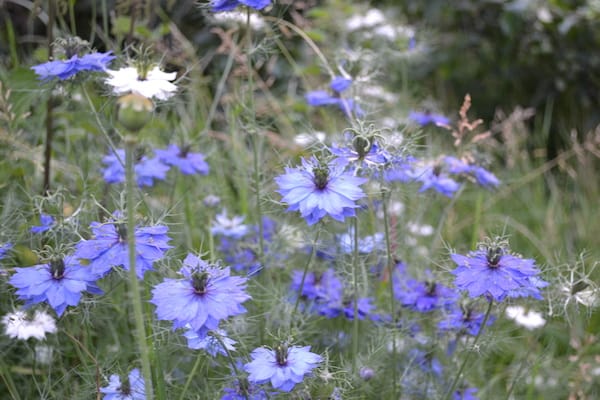The practice of referencing and using nature to create remedies, recipes and therapeutic preparations has been around for thousands of years. Over time, our knowledge of the more traditional ‘green pharmacy’ of this sort has diminished. Yet today herbology, the study of herbs, is enjoying a renaissance as reconnecting with nature and sustainability surges.
To coincide with this renaissance, the Royal Botanic Garden Edinburgh has published Herbology – A Physic Garden Pharmacy, a beautiful, hard-back book filled with natural remedies and recipes, and showcasing the best practices on gathering ingredients and safely preparing them.
Much more than a recipe and remedy book, Herbology is also a history of the Royal Botanic Garden Edinburgh, a place where medicinal plants have been grown for hundreds of years, for the benefit of the medical profession and their patients.
The book references four other publications which date from the origins of the Garden in the 17th century. One, the Edinburgh Pharmacopoeia (1699), was discovered in the Royal College of Physicians of Edinburgh. Originally published in Latin, the contents of the Pharmacopoeia have remained relatively inaccessible to most for over 300 years.
However – with the kind assistance of the Royal College of Physicians of Edinburgh and the dedicated work of one research associate from the Garden, Robert Mill – the work in its entirety has now been translated into English; several extracts of which are being shared, for the first time, within the pages of this book.
Author Catherine Conway-Payne said, “It was an absolute joy to delve in to the Pharmacopoeia and discover which medicinal plants were being grown in Edinburgh during the latter part of the 17th century, which may be regarded as something of a golden age of herbalism. Then, the worlds of plants and medicine were closely aligned and it has been fascinating to find out that some recipes have not changed at all and that others contained extraordinary ingredients such as powdered toad, mouse droppings and even spider’s webs. Readers of Herbology will be relieved that our modern-day holistic formulations have omitted these from their list of ingredients.”
There are many precious botanicals within the pages of Herbology – among them nettle, dandelion, wild garlic and winter blooming witch hazel. Organised by the seasons, the book is filled with recipes and remedies and readers will join Catherine on a journey into ‘green pharmacy’ making special botanical creams, green ointments, herbal honeys, syrups, juices and teas along the way.
Catherine continued, “So much has been lost and forgotten over the years but we have been enjoying a real resurgence of interest in herbology recently.”
“There has never been more desire to study all things ‘green’ and to learn how to work as one with nature, understand the precious therapeutic potentials of medicinal plants and nurture the earth that sustains them. The very nature of herbology is so expansive that once you are immersed within this facet of botanical learning you cannot help but become more aware of its inherently curative and dynamic spirit. For generations to come, perhaps this age in time might be viewed as a period of great holistic change and life sustaining initiative.”
Herbology is illustrated by botanical artist Jacqui Pestell and contains evocative photography by Kate Soltan.
Links
Herbology – A Physic Garden Pharmacy by Catherine Conway-Payne
Other episodes if you liked this one:
Transcript content.



